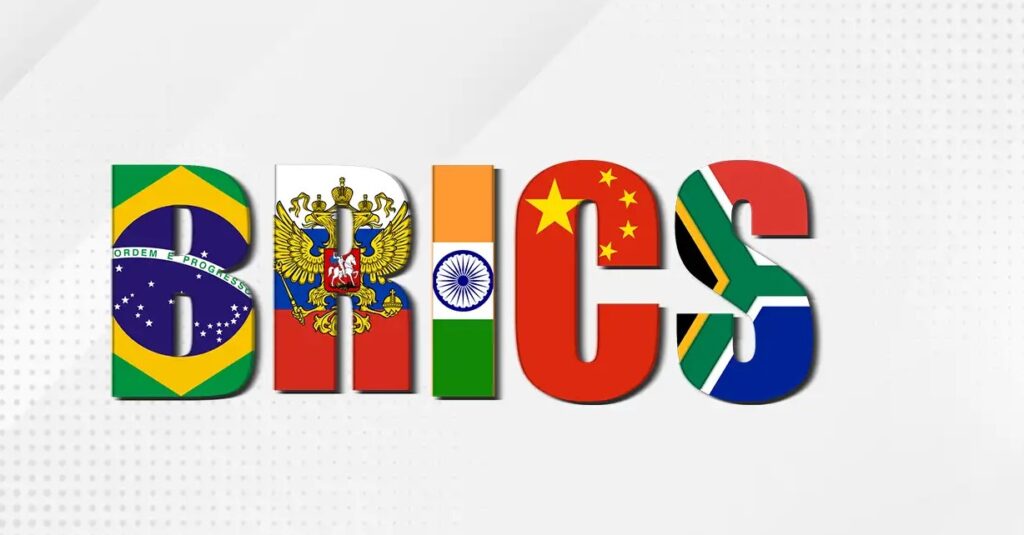The United States’ Influence on Developing Nations
Consider a scenario where a developing country, perhaps from the Global South, implements a policy that serves the country’s national interests. Nevertheless, the policy conflicts with the national interests of the United States. What would happen next?
As the world’s sole superpower, the U.S. holds significant clout in the international arena; therefore, in a realist framework where might is always right, it’s not difficult for the Superpower to pressurize smaller, developing countries to align with its agenda.
How does the U.S. maintain control over developing countries, especially when their interests diverge?? what are the special tactics or tools that are employed by the US to control small nations? One of the most commonly used tools is the present-day global financial system, where the U.S. holds significant sway.
Through this system, it can unilaterally impose a range of sanctions, particularly economic and financial, to weaken economies that act more independently or follows independent foreign policy or divert from the so-called rule-based order in some way. For instance China, Iran and Russia are under many unilateral sanctions _ the U.S. recently imposed significant sanctions on Russia to isolate its economy from global markets.
This situation reveals global economic power imbalance. This where the BRICS comes in, which is aimed at establishing a more balanced economic framework that is fairer and offers more equal benefits to all nations.
What is the BRICS?
The BRICS- Brazil, Russia, China, South Africa- is an international organization of rising economies from the Global South. BRICs was coined by the economist Jim O’Neill in 2001 referring to the potential of the economies such as Brazil, Russia, India, and China. The BRICS organization was founded by Brazil, Russia, India, and China during its inaugural summit in 2009 under initial name ‘ BRIC’. Later on, in 2011, South Africa joined too; thus, it became BRICS. The BRICS accounts for 45% of the world population, more than 40% of the world oil reserves and 28% of the global economy.
The BRICS countries are the primary geopolitical counterbalance to the G7 bloc; that’s why, the BRICS is viewed with suspicion by the West. This coalition of emerging economies has introduced several strategic initiatives, including the New Development Bank, the BRICS Contingent Reserve Arrangement, BRICS Pay, the BRICS Joint Statistical Publication, and a proposed BRICS reserve currency basket.
Key Objectives of the BRICS
i : The BRICS seeks to reform the global financial system to tackle global financial challenges and make the current system just and fairer for developing countries
ii : To strengthen economic and political cooperation among its member states is also one of the core objectives of the organization.
iii : To support sustainable development, BRICS has established institutions like the New Development Bank and the Contingent Reserve Arrangement, providing financial assistance to member economies in times of crisis without jeopardizing their economic sovereignty.
The BRICS Summit in October 2024 in Russia Kazan
The 16th BRICS Summit in Kazan , Russia took place from October 22 to October 24. The theme of the summit was: “Strengthening Multilateralism for Fair Global Development and Security’’. Russia hosted the summit while member countries such as Brazil Russia India China South Africa Egypt Ethiopia Iran United Arab Emirates participated as well.Besides these, the United Nations was also invited.
The BRICS KAZAN Declaration
The 16th BRICS Summit in Russia came to an end with a joint declaration titled as the Kazan Declaration. The declaration highlighted the negative impacts of unlawful unilateral coercive measures and illegal sanctions on international trade, the global economy, and the progress towards achieving sustainable development goals. The need for reforming the international financial architecture was also brought into consideration. According to the Kazan Declaration, it is crucial for all member countries to comply to the Purposes and Principles of the UN Charter and emphasizes peaceful resolution of conflicts through dialogue and diplomacy. Moreover, it showed serious concern regarding the continuous humanitarian crisis in the Occupied Palestinian Territory, marked by an unprecedented surge in violence across Gaza and the West Bank. The declaration backed the productive functioning of the G20 and welcomed the Russian initiative to establish a grain exchange platform within the BRICS.
Should Pakistan Join BRICS?
Pakistan should definitely join BRICS and it has already expressed its desire to become part of the BRICS coalition, as the BRICS presents an enormous opportunity for Pakistan to expand its foreign policy options. Joining the BRICS will allow Pakistan to improve its relations, specifically trade relations with the countries in the global south. Moreover, by getting access to the New Development Bank, Pakistan will be less reliant on the IMF and the World Bank. Pakistan can get economic assistance without harsh conditions attached to it or trading off economic sovereignty. However, Pakistan has to continue good relations with the West and specifically the US as well. Another challenge to Pakistan vis-a-vis its membership to BRICS is India and India is likely to oppose Pakistan’s inclusion to the BRICS alliance.

